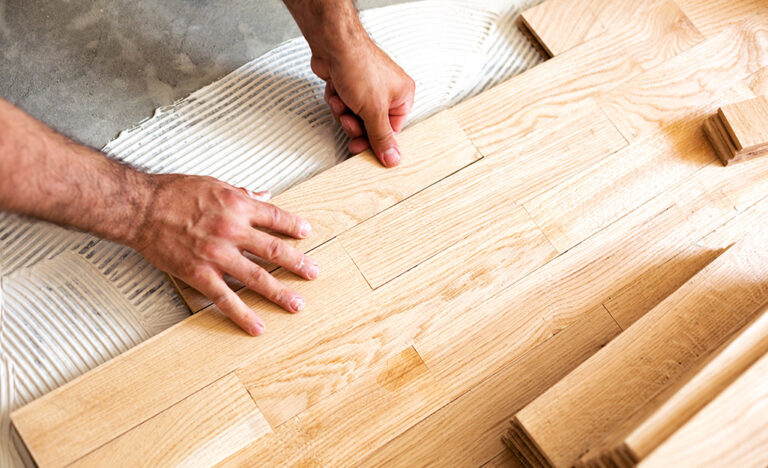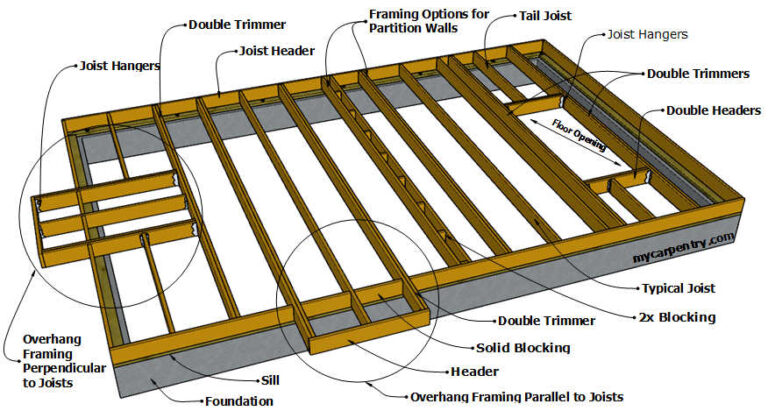Are you struggling with the stubborn mess left behind after a drywall project? Drywall dust seems to get everywhere, settling on floors and making your living space look like a construction zone.
It’s not just unsightly; it can also irritate your lungs and eyes. But don’t worry, cleaning it up doesn’t have to be a daunting task. Imagine walking into a room that feels fresh and clean, with every surface spotless and safe for your family.
In this guide, you’ll discover straightforward, effective methods to eliminate drywall dust from your floors. No more breathing in harmful particles or dealing with that gritty feeling underfoot. Let’s transform your space into a clean, healthy haven. Keep reading to learn how to tackle this dusty challenge with ease.
Preparing The Area
Start by getting all the important cleaning tools. You will need a broom, dustpan, and a mop. It’s also good to have a bucket and water. A vacuum cleaner can help too. Make sure you have a cloth or sponge. These will help wipe surfaces.
Cover all furniture and fixtures with plastic sheets. Use old blankets if you don’t have sheets. Secure the covers with tape. This stops dust from settling. Move small items out of the room. This makes cleaning easier. Ensure everything is protected before you start.

Initial Dust Removal
Begin by using a broom to gather the drywall dust. Vegen gently to avoid spreading the dust. Collect dust into a dustpan. Ensure all visible dust is collected. It might take a few sweeps. Be patient and thorough. Empty the dustpan into a bin. Repeat if you see more dust.
Use a stofzuiger to pick up remaining dust. Ensure the vacuum has a HEPA filter. This filter catches tiny dust particles. Move the vacuum slowly over the floor. Cover all areas where dust might be. Check the vacuum bag regularly. Empty it when full. Make sure no dust is left behind. This helps keep the floor clean.
Deep Cleaning Techniques
Start by gently sweeping the floor to remove loose drywall dust. Next, use a damp mop to capture remaining particles. Ensure to rinse the mop frequently to avoid spreading dust around.
Wet Mop The Floor
Drywall dust makes floors dirty. Use a wet mop to clean the floor. Warm water works well. It helps remove dust. Add a mild soap if needed. Use gentle strokes. Mop the floor evenly. Rinse the mop often. This keeps it clean. Change the water when dirty. Do not let dust settle. A clean floor shines. Mop in small sections. This makes cleaning easier. Dry the floor after mopping. Wet floors can be slippery. Vermijd agressieve chemicaliën. They can harm floors.
Use A Microfiber Cloth
Microfiber cloths are great for dust. They trap dust well. Use a dry cloth first. It picks up loose dust. Wipe in circles. This removes dust faster. Dampen the cloth for stubborn dust. It helps clean better. Microfiber cloths are gentle. They do not scratch floors. Wash the cloth after use. Dirty cloths spread dust. Keep extra cloths handy. Clean often for best results.
:max_bytes(150000):strip_icc()/SPR-cleaning-drywall-compound-mud-1822821-hero_53742-ba282578aff84e07b95da8a5cec32c0a.jpg)
Dealing With Stubborn Dust
Tackling stubborn drywall dust requires a strategic approach. First, gently sweep the floor to gather loose particles. Next, use a damp mop to capture remaining dust, ensuring a clean finish without scattering particles. Regularly rinse the mop to maintain effectiveness.
Apply A Vinegar Solution
Start by making a vinegar solution. Mix equal parts water and vinegar. Use a spuitfles to apply the solution. Spray lightly on the dusty floor. Let it sit for a few minutes. This helps to break down the dust. Then, wipe with a vochtige doek. Make sure the cloth is soft. This prevents scratches on the floor.
Try A Specialized Cleaner
For tough dust, use a specialized cleaner. These cleaners are made for drywall dust. Follow the instructions on the bottle. Apply the cleaner to the dusty area. Use a soft mop to clean. Ensure you rinse the mop often. This removes the dust completely.
Preventing Future Dust Accumulation
Seal rooms with plastic sheets. Use tape to hold them. Close doors and windows tightly. This keeps dust inside. Workers should wear coveralls. They protect clothes from dust. Clean clothes after work. Use a vacuum with a HEPA filter. It catches tiny dust particles.
Vacuum floors often. Use a mop on hard surfaces. Wet mops work best for dust. Check filters in air conditioners. Replace them when dirty. This helps air stay clean. Clean up spills quickly. They mix with dust and stain floors. Keep shoes outside. They carry dust indoors.

Safety Precautions
Protective gear keeps you safe from drywall dust. Wear a dust mask to cover your nose and mouth. Put on safety goggles to shield your eyes. Use gloves to protect your hands. A long-sleeve shirt and pants help, too. This gear stops dust from making you sick. Always wear them when cleaning.
Open windows to let fresh air in. Turn on fans to move the air around. Ventilation helps push dust out of the room. It keeps the air clean and fresh. Dust can be harmful if you breathe too much. With good ventilation, you stay safe and healthy. Keep doors open for better airflow.
Veelgestelde vragen
How Do I Remove Drywall Dust From Floors?
To remove drywall dust from floors, start by vacuuming with a HEPA filter vacuum. This traps fine dust particles. Next, mop the floor with warm water and a few drops of mild detergent. Ensure the mop is damp, not soaked, to avoid spreading dust.
Dry the floor thoroughly to prevent residue.
Can Drywall Dust Damage My Floors?
Drywall dust can scratch and dull floors if not cleaned properly. It may also cause discoloration over time. Regular cleaning helps prevent these issues. Use gentle cleaning methods and avoid harsh chemicals that could damage the floor’s finish.
What Tools Are Best For Cleaning Drywall Dust?
The best tools for cleaning drywall dust include a HEPA filter vacuum, microfiber cloths, and a damp mop. HEPA vacuums efficiently capture fine dust particles. Microfiber cloths trap dust without spreading it. A damp mop with mild detergent helps remove remaining residue effectively.
Is Drywall Dust Harmful To Health?
Drywall dust can irritate the respiratory system, eyes, and skin. It’s important to wear a mask when cleaning. Regular exposure can lead to respiratory issues. Proper ventilation and protective gear minimize health risks while cleaning.
Conclusie
Cleaning drywall dust can be simple with the right approach. Use proper tools like vacuums and mops. Protect yourself with masks and gloves. Start with a gentle sweep or vacuum. Wipe surfaces with damp cloths. Dispose of dust properly to avoid spreading.
Regularly check for dust buildup. Ensure good ventilation during cleaning. This keeps air fresh and healthy. Consistency helps maintain a clean environment. A clean space enhances comfort and safety. Follow these steps for effective dust removal. Enjoy your dust-free space with ease and peace.



